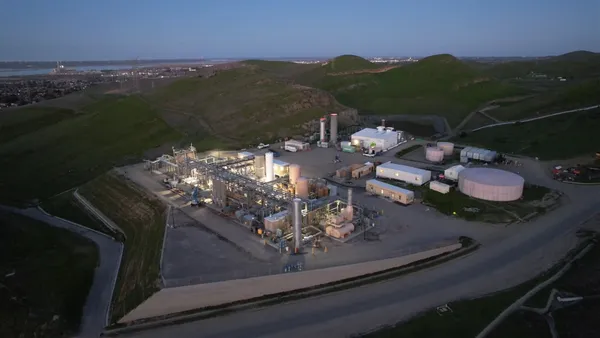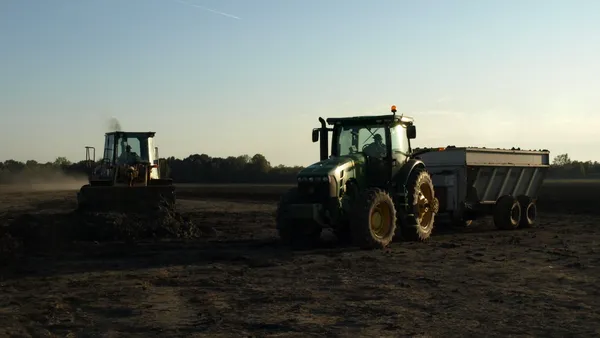Dive Brief:
- A new study, published in Environmental Science & Technology, has found that anaerobic digestion may reduce the amount of microplastics left in in sewage sludge, as reported in Recycling Portal.
- The study looked at seven wastewater treatment plants in Ireland, which used one of three treatment processes: anaerobic digestion (AD), thermal drying or lime stabilization. The study found that lime stabilization resulted in "significantly higher abundances" of microplastics in even smaller particle sizes, suggesting that lime treatment sheared the plastic. Samples treated with AD, however, had a lower abundance of microplastics, suggesting that AD could be useful in removing microplastics from wastewater sludge.
- While the findings are compelling, it is worth noting that the scope of the study is limited, because of the small sample size and lack of pre-treatment testing.
Dive Insight:
With the hundreds of billions of bits of plastic floating around in the ocean, any technologies or processes that could reduce the amount of plastic in the waste stream should be seen as welcome. Plastic pollution is a problem not just in the Arctic, but stateside, in waters off of New Jersey and New York and the Great Lakes — to name just a few examples.
Digesting microplastic out of sludge is an enticing concept, especially since it's a mitigating step, and not a cleanup step, like scooping pollution out of the water. Mitigation is preferable to cleanup. And, while consumers are indicating that they're turning away from microbeads, a primary source of microplastics entering the water cycle, cleanup technologies are still important. Legislation, too, can be an important step. New Zealand plans to ban plastic microbeads entirely in 2018. President Barack Obama signed a law banning the manufacturing and sale of products with microbeads in the United States.
The findings from the study could have major implications for cities that are looking to use AD to co-digest food waste and sewage at wastewater treatment plants. Packaging material sometimes sorted with food waste — including plastic — survive the processing phase and end up in the product biosolid. Plastic bits in biosolid make the product a tougher sell for agricultural and other purposes. By incorporating AD in their processing, if this study's findings are consistent, cities could reduce the amount of plastic that ends up in their biosolids, giving them a higher-quality end product that's easier to sell.













